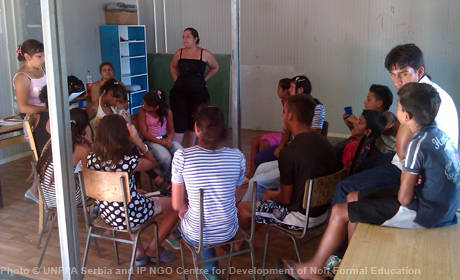Data Menu
-
Country Pages
-
Asia & the Pacific
- أفغانستان
- بنغلاديش
- بوتان
- كمبوديا
- الصين
- الهند
- إندونيسيا
- إيران (جمهورية - الإسلامية)
- جمهورية لاو الديمقراطية الشعبية
- ماليزيا
- جمهورية الملديف
- منغوليا
- ميانمار
- نيبال
- باكستان
- بابوا غينيا الجديدة
- الفلبين
- سري النكا
- تايلند
- تيمور الشرقية
- فييت نام
-
Eastern Europe & Central Asia
- ألبانيا
- أرمينيا
- أذربيجان
- بيلاروسيا
- البوسنة والهرسك
- جورجيا
- كازاخستان
- Kosovo Office
- قيرغيزستان
- مولدوفا، جمهورية
- مقدونيا الشمالية
- صربيا
- طاجيكستان
- تركيا
- تركمانستان
- أوكرانيا
- أوزبكستان
-
الدول العربية
- الجزائر
- جيبوتي
- مصر
- العراق
- الأردن
- لبنان
- ليبيا
- المغرب
- عمان
- فلسطين
- الصومال
- السودان
- الجمهورية العربية السورية
- تونس
- اليمن
-
East & Southern Africa
- أنغولا
- بوتسوانا
- بوروندي
- جزر القمر
- Congo, the Democratic Republic of the
- إريتريا
- إسواتيني
- إثيوبيا
- كينيا
- ليسوتو
- مدغشقر
- الملاوي
- موريشيوس
- موزمبيق
- ناميبيا
- رواندا
- سيشل
- جنوب أفريقيا
- جنوب السودان
- تنزانيا، الجمهورية المتحدة
- أوغندا
- زامبيا
- زمبابوي
-
Latin America & the Caribbean
- الأرجنتين
- بوليفيا (دولة - المتعددة القوميات)
- البرازيل
- شيلي
- كولومبيا
- كوستاريكا
- كوبا
- الجمهورية الدومينيكية
- الإكوادور
- السلفادور
- غواتيمالا
- هاييتي
- الهندوراس
- المكسيك
- نيكاراغوا
- بنما
- باراجواي
- بيرو
- أوروغواي
- فنزويلا (جمهورية - البوليفارية)
- الكاريبي (متعدد البلدان)
-
West & Central Africa
- بنين
- بوركينا فاسو
- كابو فيردي
- الكاميرون
- جمهورية إفريقيا الوسطى
- تشاد
- الكونغو
- كوت ديفوار
- غينيا الإستوائية
- الغابون
- غامبيا
- غانا
- غينيا
- غينيا-بيساو
- ليبيريا
- مالي
- موريتانيا
- النيجر
- نيجيريا
- سان تومي وبرنسيبي
- السنغال
- سيراليون
- توغو
-
Country Menu

UNFPA Serbia
On its path towards accession to the European Union, Serbia is undergoing structural reforms. Despite marked economic growth, unemployment has increased as a result of the global economic crisis, and affecting vulnerable populations such as the Roma, persons with disabilities, youth, women and rural residents. UNFPA’s partnership began in 2006, and has focused on supporting gender equality, and reproductive health and rights. It fosters engagement on issues related to youth, ageing, and links between population and development. Through assistance to non-governmental organizations, UNFPA supports local actions to meet reproductive health and related needs.
Data overview
View more
سكان
Population, by age group, per cent
 Population aged 0-14
Population aged 0-14 Population aged 15-64
Population aged 15-64 Population aged 65+
Population aged 65+
Sexual and reproductive health
Births attended by skilled health personnel, per cent, 2014-2019
 Births attended by skilled health personnel
Births attended by skilled health personnel
Family Planning
Proportion of demand satisfied with modern methods, women aged 15-49, per cent, 2022
 Modern method
Modern method
Education
Total net enrolment rate, percent
Gender, Rights, and Human Capital
Harmful Practices
Demographic Dividend: Serbia
View more
Population Pyramid
females
males
Population in thousands
العمر المتوقع عند الولادة
Total fertility rate
Select year range
Year: 2018
Note: Years 2017 to 2100 are projected data.
i
Source: United Nations, Population Division, World Population Prospects: 2017 Revision
Dashboards available for Serbia